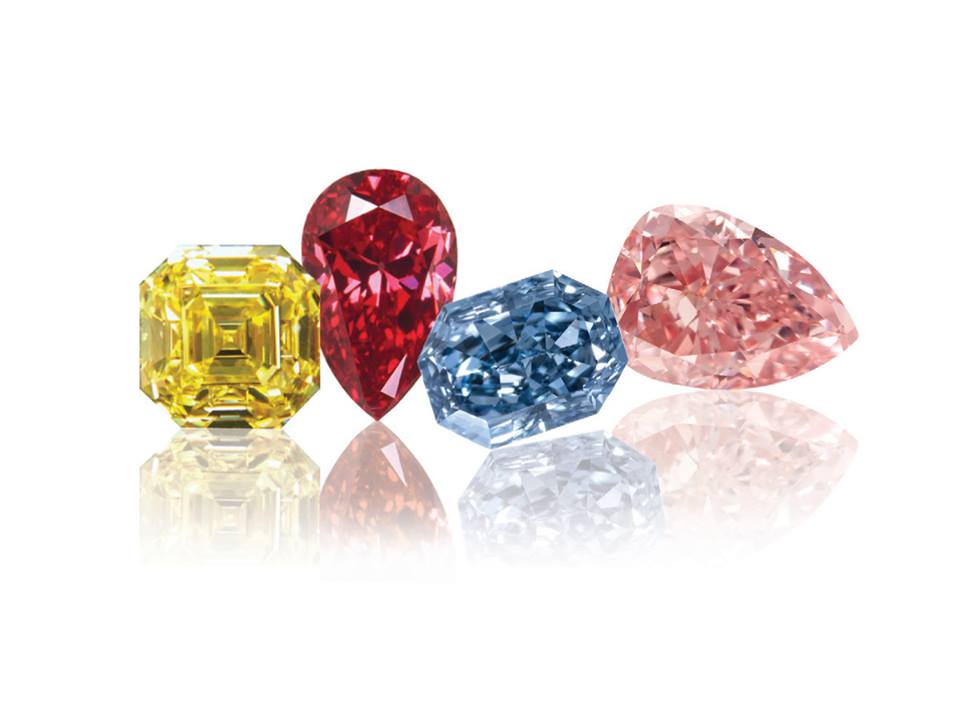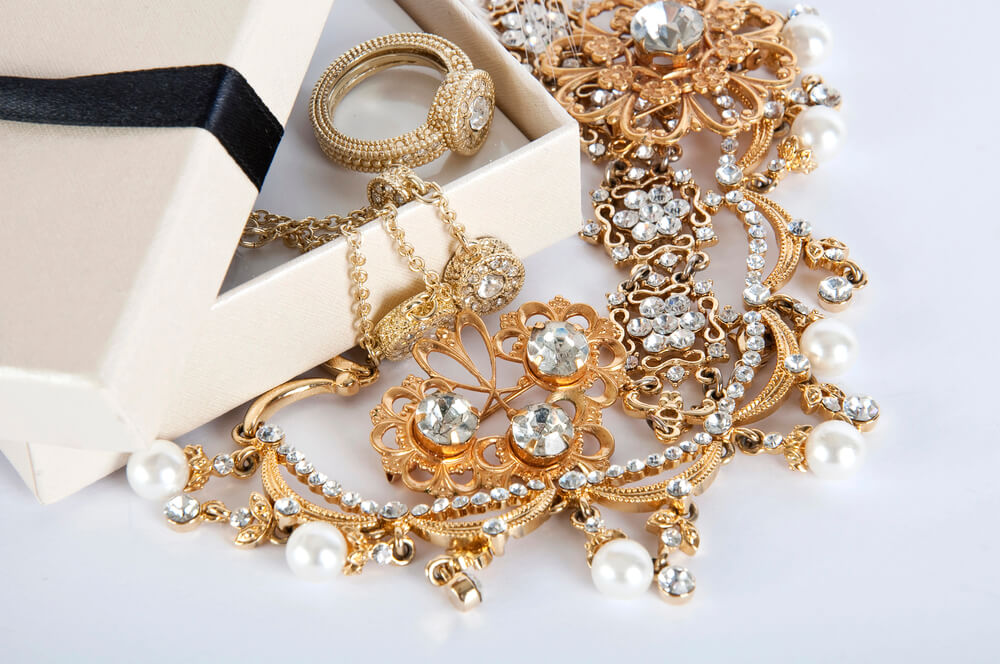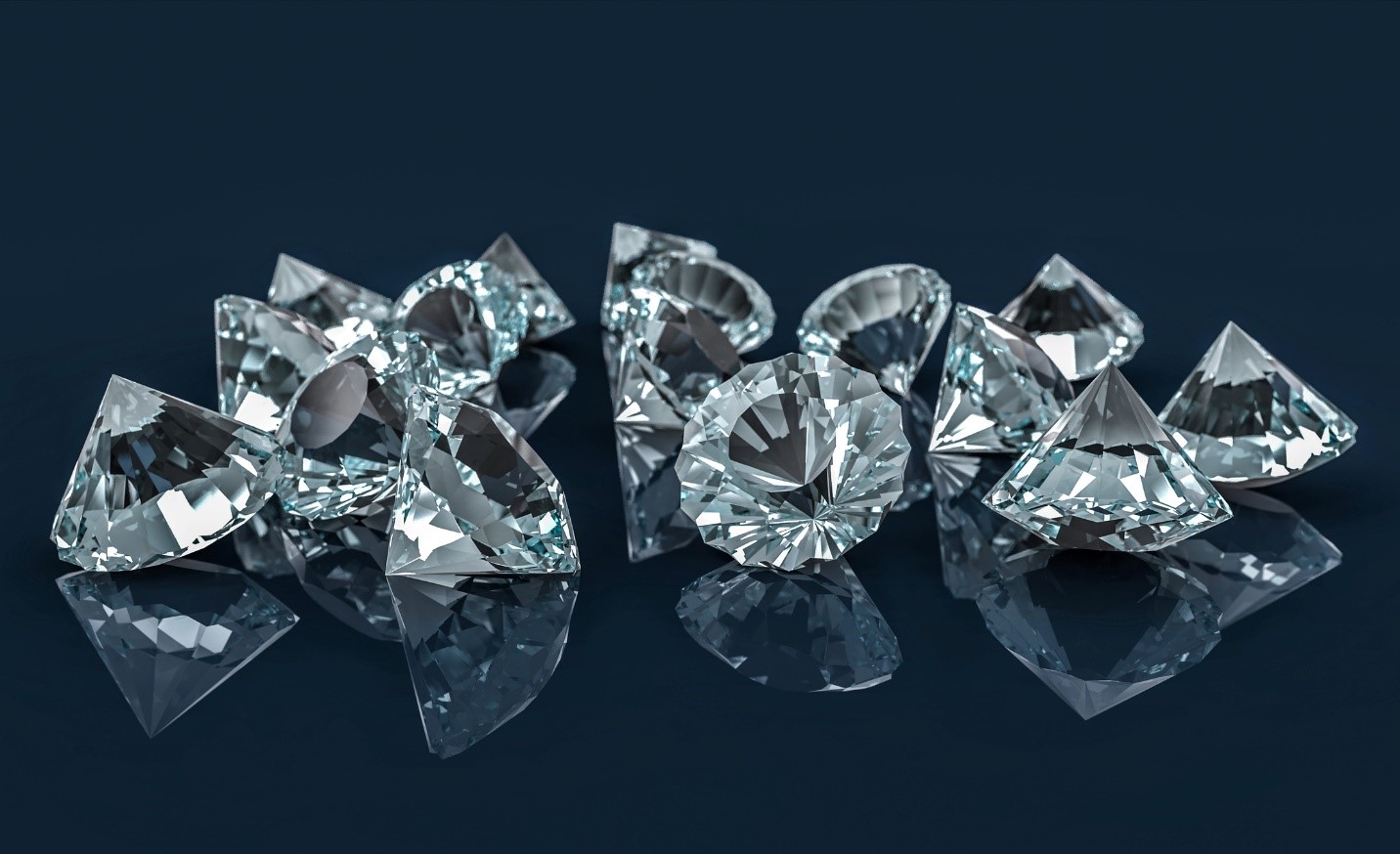When it comes to choosing the perfect diamond ring, the modern buyer faces a dazzling array of options. One increasingly popular choice is the lab-grown diamond. But what exactly are guides lab diamond rings, and why should you consider them? In this comprehensive guide, we’ll explore everything you need to know about lab diamond rings, from their creation process to their environmental impact and why they might be the perfect choice for you.
What Are Lab Diamond Rings?
Lab diamond rings feature diamonds that are created in a laboratory rather than mined from the earth. These diamonds are made using advanced technological processes that mimic the natural conditions under which diamonds form. There are two primary methods for creating lab diamonds: High Pressure High Temperature (HPHT) and Chemical Vapor Deposition (CVD).
HPHT vs. CVD: The Creation Process
High Pressure High Temperature (HPHT): This method involves replicating the high pressure and high temperature conditions that naturally occur in the earth’s mantle. A small diamond seed is placed in carbon, subjected to high pressure and temperature, and over time, a diamond crystal forms around the seed.
Chemical Vapor Deposition (CVD): In the CVD process, a diamond seed is placed in a chamber filled with carbon-rich gases. These gases are ionized into plasma, causing carbon atoms to bond to the seed and grow layer layer into a diamond.
Both methods produce high-quality diamonds that are virtually identical to natural diamonds in their physical and chemical properties.
Benefits of Choosing Lab Diamond Rings
Why opt for a lab diamond over a natural one? Here are some compelling reasons:
Ethical Considerations
Lab diamonds are ethically sourced since they don’t involve the environmental and human rights issues associated with traditional diamond mining. For many, this is a significant factor, as it ensures that their purchase does not contribute to exploitative labor practices or environmental degradation.
Environmental Impact
The environmental footprint of lab-grown diamonds is considerably smaller than that of mined diamonds. Traditional mining requires vast amounts of land and water and often results in ecological disruption. In contrast, lab diamonds are produced in controlled environments with less impact on natural habitats.
Cost-Effectiveness
Lab diamonds generally cost 20-40% less than their natural counterparts. This cost saving can allow you to invest in a larger or higher-quality stone, or simply save money while still getting a beautiful diamond.
Quality and Variety
Lab diamonds offer high quality and come in a variety of sizes, shapes, and colors. Because they are grown in a controlled environment, they often exhibit fewer flaws and inclusions than natural diamonds, making them an excellent choice for those seeking a pristine stone.
How to Choose the Perfect Lab Diamond Ring
Selecting the perfect lab diamond ring involves several factors. Here’s what you should consider:
The Four Cs: Cut, Color, Clarity, and Carat
Cut: The cut of a diamond affects its brilliance. A well-cut lab diamond will sparkle just as brilliantly as a natural diamond.
Color: Diamonds are graded on a scale from D (colorless) to Z (light yellow or brown). Lab diamonds are available in a wide range of colors, including rare colors that are hard to find in natural diamonds.
Clarity: This refers to the presence of internal or external flaws. Lab diamonds typically have higher clarity ratings because they are grown in controlled conditions.
Carat: Carat is the measure of a diamond’s weight. Lab diamonds are available in all carat weights, allowing for a wide range of ring sizes and price points.
Ring Setting and Metal Choices
The setting and metal of the ring are just as important as the diamond itself. Popular metals include white gold, yellow gold, rose gold, and platinum. Each metal has its own aesthetic and durability properties lab diamonds, so choose one that complements the diamond and fits your personal style.
Certification and Authenticity
Always ensure that your lab diamond comes with a certification from a reputable gemological lab, such as the Gemological Institute of America (GIA) or the International Gemological Institute (IGI). This certification guarantees the quality and authenticity of the diamond.
Caring for Your Lab Diamond Ring
To keep your lab diamond ring looking its best, regular care and maintenance are essential.
Cleaning Tips
Clean your ring regularly to maintain its sparkle. Use a mild detergent and a soft brush to gently scrub the diamond and setting. Avoid harsh chemicals that could damage the metal or the diamond.
Storage and Handling
Store your diamond ring separately from other jewelry to avoid scratches. Consider using a soft pouch or a jewelry box with compartments.
Professional Maintenance
Periodically take your ring to a professional jeweler for inspection and cleaning. They can check for loose settings and other potential issues, ensuring that your ring remains secure and beautiful.
Conclusion: Is a Lab Diamond Ring Right for You?
In conclusion, guides lab diamond rings offer numerous benefits, from ethical sourcing to environmental sustainability and cost savings. They provide a high-quality, beautiful alternative to mined diamonds, with a range of options to suit every taste and budget.
So, is a lab diamond ring the right choice for you? If you value ethical considerations, environmental impact, and getting the best value for your money, then the answer is likely yes. Lab diamond rings combine the timeless beauty of diamonds with modern, responsible practices, making them a perfect choice for today’s discerning consumers.
By choosing a lab diamond ring, you’re not just purchasing a piece of jewelry; you’re making a statement about your values and supporting a more sustainable future. Explore the options, educate yourself on the Four Cs, and find the perfect ring that tells your unique story.




